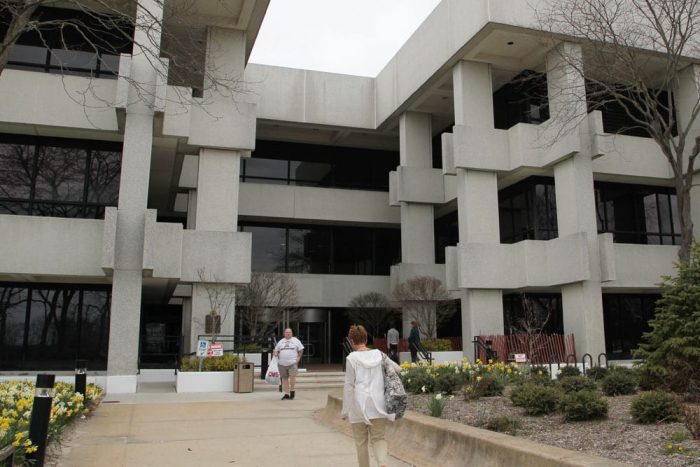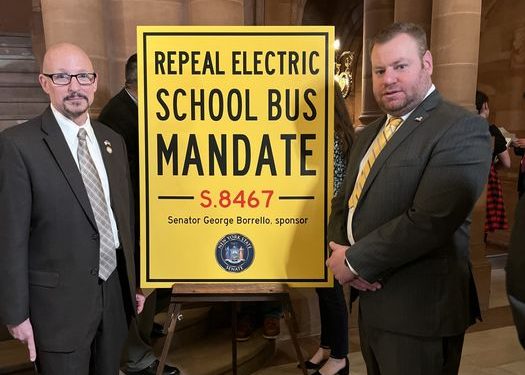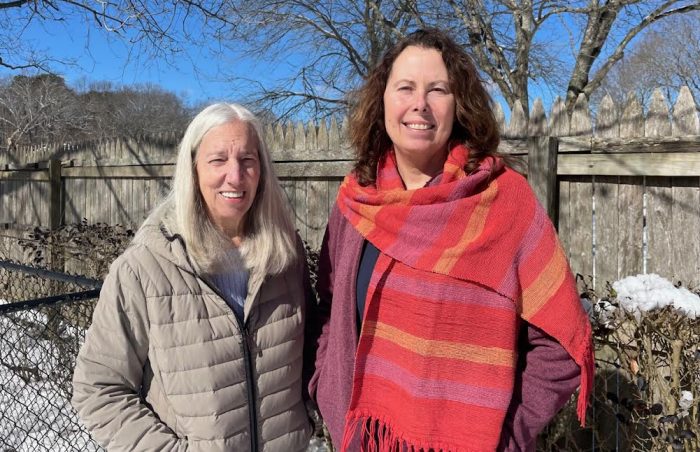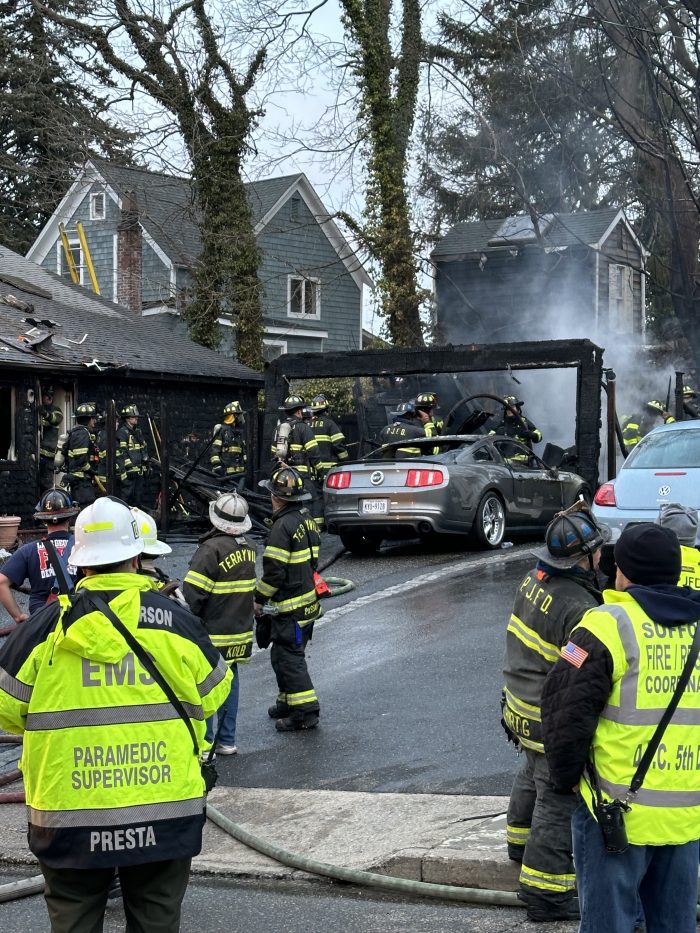By Samantha Rutt
The Town of Brookhaven board met on Thursday evening, Feb. 22. The meeting, held at Town Hall, in Farmingville, addressed matters ranging from proposed budget adjustments to zoning regulation changes and environmental concerns.
At each meeting, the board allows a section for public comments. Thursday evening saw many concerned residents speak before the board.
Up first, Lou Antonio, a Port Jefferson Station resident, addressed his concerns with a proposed development known locally as the Staller Project — a plan to build on the 49,400 square feet of commercial space located on Route 112 in Port Jefferson Station which includes restaurants, a proposed food hall and an estimated 280 apartments with a heavy skew toward one bedrooms.
Antonio expressed concerns with the developers saying, “We have not heard from the Staller’s since the first time they came to our civic [Port Jefferson Station/Terryville Civic Association]. They have addressed this board stating they have made many concessions. They may have — we haven’t seen them. As far as we are concerned, it is the same exact architectural design that came in the first time, which is unacceptable for our community.”
Antonio urged for open communication between developers and the community.
Following Antonio, another Port Jefferson Station resident, Paul Sagliocca, spoke before the board. Sagliocca noted his membership in the People of Port Jefferson Station Alliance, mentioning the organization’s receipt of 380 signatures supporting stronger traffic regulations to address communitywide concerns. He also mentioned the Friends of Lincoln Avenue committee and their continued concerns for traffic congestion.
Sagliocca referred to the increased development in Port Jefferson Station, stating that he welcomes development if it is done right. “We’re basically here looking for a cohesive vision for Port Jefferson Station,” he said. “The community, the supervisor and our councilmember have all thought that the project is just bigger than what’s currently going on at the Port Jeff Station shopping center. We want this all-in-one cohesive unit. We welcome the redevelopment of this if it’s done right.”
In previous Port Jefferson Station civic meetings, Sagliocca had been an advocate for regulating traffic patterns as it concerns the potential developments. He continued advocating for traffic concerns and safety before the town board stating, “The Friends of Lincoln Avenue want to have traffic calming measures put in place so we can move on to projects that showcase what Port Jefferson Station truly is.”
Gale Lynch-Bailey, an advocate for the Take Back 25 initiative and Middle Island Civic Association also spoke before the board. Bailey took the time to advocate for the U.S. Department of Transportation’s Safe Streets and Roads for All (SS4A) Grant Program — a program that provides funds for regional, local and tribal initiatives through grants to prevent roadway deaths and serious injuries. Currently, over $3 billion is still available for future funding rounds.
Bailey called for the addition of sidewalks to several roads near her residential area in Coram, Middle Island and Gordon Heights.
“It’s the perfect time for Brookhaven to apply for implementation grants for sidewalks along the parcels it owns on Middle Country Road,” Bailey said. “We have a broken patchwork of pedestrian safety along our Main Street, we rely on private developers to add sidewalks when they want to build a business there on the property that they own. We need to do the same with municipally owned parcels along our main business corridor. Open space is wonderful, but pedestrians still deserve the ability to walk safely along Middle Country Road.”
Also speaking before the board was John McNamara, an environmentalist and Brookhaven resident. McNamara spoke about recycle and save programs with special regard to low-income people. McNamara presented research he has personally conducted providing ways to reduce waste as well as to be more cost effective in doing so.
“Various municipalities have come up with solutions like, number one, they can reduce the poor household waste collection charges for eligible residents by a set amount. Secondly, they can offer a percentage discount. Thirdly, they can provide a credit on the overall bill.” McNamara continued listing several other ways to best reduce the burden on low-income residents.
Following the public comment segment, Supervisor Dan Panico (R) addressed some of the issues discussed during this section.
“We hear you. We understand the issues associated with Lincoln Avenue and the problems coming off of New York State DOT, ” Panico said. “I have been in conversation with [county Legislator] Steve Englebright (D-Setauket) trying to get the DOT to make that switch on Terryville Road, which will hopefully alleviate a lot of the issues.”
To see more from this meeting please visit the town’s website, brookhavenny.portal.civicclerk.com.



































